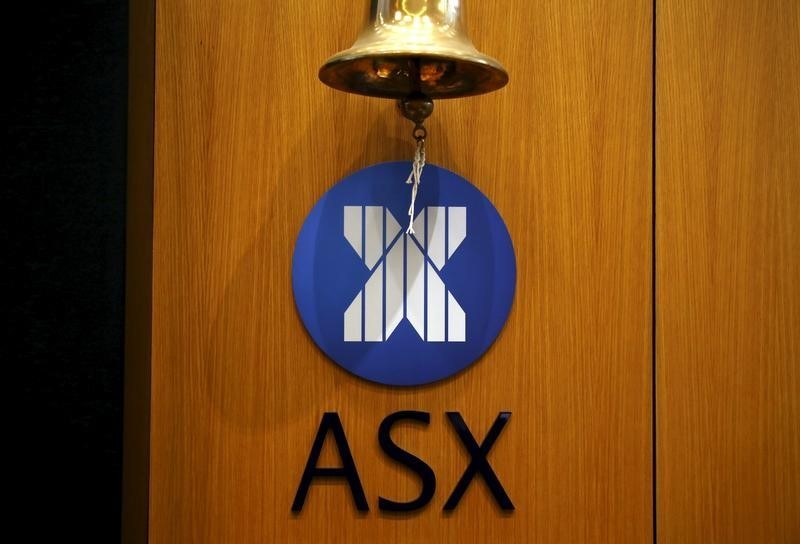The number of ASX-listed zombie companies has surged by 51% over the past six months, in a trend that’s expected to continue as inflation and rising costs put pressure on business cash flows.
Recent analysis by KPMG revealed the number of zombie companies — those that exhibit financial distress indicators such as share price volatility, short and long-term debt, liquidity, profitability, net assets for three or more consecutive quarters — rose to 127 from 84 in May. The total market capitalisation of these companies has also risen by 82%, from $1.7 billion to $3.0 billion.
More to come
KPMG head of turnaround and restructuring services Gayle Dickerson cited the ongoing interest rate tightening cycle and inflationary environment as key drivers, and given the RBA is expected to again raise rates, she expects the number of zombie companies to rise next year along with insolvency rates.
"For companies unable to pass on rising input costs to customers, it is eating away at their margins and starting to put serious pressure on their cash flow," said Dickerson.
“Imminent breaching of loan covenants, having to manage supplier payments to sustain cashflow, significant tax arrears or having a large portion of debt maturing soon while also underperforming are telltale signs a company is perpetually struggling.”
Raw materials and natural resources were two of the hardest hit sectors with an increase of 24 zombie companies, while technology and telecommunications saw a rise of six. In contrast, the utilities, financial services and real estate investment trust sectors each remained unaffected.
Increasingly aggressive actions by the Australian Taxation Office (ATO), which is owed an estimated $50.2 billion in collectable debt, have also played a role in this corporate "zombification".
The KPMG findings highlight the growing pressure on ASX-listed companies to navigate financial difficulties, and raise alarms for both investors and regulators.
